________________________________________________________________________________
Compact Track Loaders / Gehl Compact Track Loaders / Gehl RT210Gehl RT210 Track Loader Troubleshooting
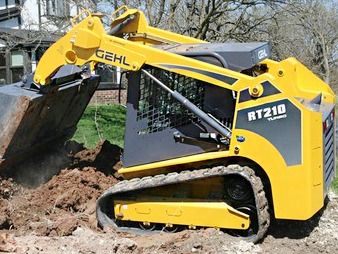
The Gehl RT210 compact track loader is powered by 202.5 cu.in (3.3L) Yanmar 4TNV98CT 4-cylinder turbocharged diesel engine with a rated power of 72 hp (53.7 kW) at 2500 rpm. The Gehl RT210 is equipped with a two-speed transmission, radial-lift loader boom, automatic track tension system, undercarriage with 5 steel rollers and rubber tracks. The hydraulic system has a pump with fluid flow rate of 21.8 gpm (82.5 lpm). The hydraulic pressure is 3000 psi (207 bar). The track loader has a rated operating capacity of 2100 lbs (953 kg) and tipping load of 6000 lbs (2720 kg). The boom lifting force is 6481 lbs (2940 kg), and bucket breakout force is 6631 lbs (3008 kg).
Engine Troubleshooting
Engine hard to start or doesn't start
Air in the fuel pipes - Bleed the fuel pipes.
Fuel filter element is clogged - Replace filter element.
Burnt or defective injection nozzle - Install a new kit of correctly balanced nozzles.
Water or dirt in fuel system - Drain, flush, and service the system.
The valve clearance is incorrect - Adjust valve clearance.
Fuel injection pump malfunctioning - Rebuild or replace pump.
Engine starts but stalls immediately
Dirty air cleaner - Install new air cleaner element.
Dirty fuel filter - Replace filter element.
Poor fuel injection pump tightness - Look for any leaks of fuel pump, tighten it fast.
Defective or clogged fuel injectors - Replace fuel injectors.
Fuel injection pump malfunction - Rebuild or install a new injection pump.
Engine stops unexpectedly during operation
Engine is not fully warmed up - Warm up the engine.
Fuel filter element is dirty - Replace the filter element.
Air in the fuel lines - Bleed the fuel lines.
Fuel injection nozzles are clogged or faulty - Install a new kit of correctly balanced nozzles.
Fuel injection pump timing is not adjusted - Set up as recommended.
Engine stalls at low idle speed
Wrong adjustment of low idle speed - Adjust as required.
Fuel injection pump is broken - Replace or rebuild injection pump.
Clogged or defective injectors - Change or clean fuel injectors.
Valve clearance is wrong - Correct valve clearance.
Loss of engine power
Air filter is plugged - Service or replace the air filter.
Faulty or dirty injection nozzles - Check and replace nozzles if required.
Incorrect fuel injection pressure - Correct the pressure settings.
Valve clearance is not correct - Adjust to proper valve clearance.
Incorrectly set low idle speed - Correct low idle adjustment.
Dirty fuel lines or hoses - Service fuel lines and hoses.
Damaged cylinder-head gasket - Gasket should be replaced.
Piston rings are worn or defective - Replace the piston rings as required.
Engine overheats
Low engine coolant - Refill to the correct level and inspect system for leaks.
Low engine oil level - Checking oil level and add if necessary.
Radiator fins are dirty or radiator cap is defective - Clean radiator or install new cap.
Broken or loose fan belt - Belt change is required.
Engine overload - Load reducing is recommended.
Oil pressure is low
Low oil level - Fill the crankcase with oil.
Clogged oil filter element - Service or change engine oil filter element.
Incorrect oil viscosity - Fill up with the proper oil viscosity.
Crankshaft bearing oil clearance is excessive - Bearing replacement required.
Oil pump failure - Check and replace if necessary.
Engine knocks or noises
Engine oil level is low - Check and refill engine oil.
Engine not warmed up - Normalize the temperature by warming up the engine.
Timing of fuel injection pump is incorrect - Adjust fuel injection pump as required.
Incorrect low idle setting - Need to adjust idle speed.
Defective fuel injectors - Clean fuel injectors or change it.
Connecting rod failure or misalignment - Connecting rod needs to be replaced or aligned.
Scored or worn pistons - Have pistons replaced.
Machine is not moving in one direction or either direction
Hydraulic oil level is low - Checking hydraulic oil level and add if necessary.
Blocked or defective undercarriage tracks - Remedy blockage or repair tracks.
Relief valve is damaged or worn - Repair or change.
Plugged hydraulic filter or suction line - Clean suction line or change hydraulic filter.
Hand or foot controls failure - Repair or replace.
Drive motor or pump is defective - Check and repair if required.
Machine is not moving straight or moving is jerky
Damaged or jammed undercarriage tracks - Repair or remedy jamming.
Sagging or faulty tracks - Replace tracks or adjust track sag with tension.
Undercarriage track frame is clogged with dirt, debris, or foreign objects - Remove debris or foreign objects and clean track frame.
Reduced power
Plugged hydraulic oil filter - Change or service hydraulic filter.
Relief valve is open or worn - Change or close relief valve.
Transmission parts are damaged or faulty - Check and replace faulty components.
Input drive shaft is worn - Repair or install a new drive shaft.
Air in hydraulic system - Bleed hydraulic system.
Drive system keeps overheating
Low hydraulic oil level - Check and refill the hydraulic oil.
Hydraulic fluid filter is dirty - Replace or clean hydraulic filter.
Relief valve worn or defective - Service or change relief valve.
Hydraulic motor or drive pump is defective - Inspect and change as required.
Dirty oil cooler - Cooling fins should be cleaned.
Drive system is overloaded - Load should be reduced.
Drive system makes excessive noise
Oil viscosity is incorrect - Use the specified type of oil.
Air leaks in hydraulic system - Bleed hydraulic system.
Damaged drive pump or hydraulic motor - Replace or repair faulty component.
Mechanical components of drive system are damaged or worn - Inspect drive system and replace faulty parts.
Hydraulic system overheats
Hydraulic pressure is not correct - Hydraulic pressure must be set correctly.
Faulty or improperly adjusted main relief valve - Replace or set up the relief valve.
Dirty hydraulic fluid - The fluid must be changed.
Hydraulic fluid level is insufficient - Check and refill the hydraulic fluid.
Hydraulic pump is worn - Install new pump or repair it.
Lift arm won't raise or lower
Damaged lift controls - Change or repair.
Hydraulic pump failure - Repair or change pump if required.
Hydraulic control valve is defective - Install a new valve or repair it.
Defective hydraulic cylinder - Repair or install a new lift cylinder.
Hydraulic oil is insufficient - Check and refill the hydraulic oil.
Bucket does not function
Defective bucket controls - Repair or change.
Hydraulic pump is broken - Repair or change pump if required.
Hydraulic control valve is faulty - Replace or repair the valve.
Bucket cylinder malfunction - Replace or repair cylinder.
Insufficient hydraulic oil - Check and refill the hydraulic oil.
Slow boom or bucket action
Hydraulic pump is faulty - Check pump flow and install new pump if necessary.
Hydraulic cylinder leaking - Install new cylinder seals.
Hydraulic fluid is insufficient - Add fluid as required.
Hydraulic control valve is faulty or out of adjustment - Repair or adjust properly.
Hydraulic pressure is low - Adjust pressure correctly.
Lift arm or bucket movements are jerky
Hydraulic system is leaking air - Air bleeding is required.
Hydraulic oil filter clogging - Change or clean oil filter.
Hydraulic fluid is dirty - The fluid must be changed.
Cylinder rod or tube is scratched - Replace defective component.
Hydraulic pump makes excessive noise
Lack of oil or hydraulic leakage - Repair hydraulic leaks or add oil as required.
Hydraulic filter is dirty - Change or clean oil filter.
Suction line is dirty - Service the suction line.
Air trapped in hydraulic pump - Bleed air from hydraulics.
Damaged pump parts - Change or rebuild pump.
Battery does not charge
Wiring connections are corroded or loose - Tighten or service connections.
Faulty electrical terminal connectors - Replace terminal connectors.
Battery faulty cell - Use a new battery.
Defective or loose belt - Belt needs to be adjusted or changed.
Starter motor turns slow
Low battery output voltage - Recharge the battery.
Battery won’t hold charge - Battery needs to be serviced or replaced.
Disconnected battery cables or bad terminals - Check wiring and clean or replace terminals.
Starter doesn't crank
Battery is drained or defective - Change or recharge battery.
Battery cables are disconnected or incorrectly connected - Check cables and connect as needed.
Low battery voltage - Battery is drained, charge it.
Starter motor is defective - Replace or repair starter.
________________________________________________________________________________
________________________________________________________________________________________
| BOBCAT SKID STEER AND COMPACT TRACK LOADERS |
________________________________________________________________________________________
________________________________________________________________________________________
________________________________________________________________________________________
________________________________________________________________________________________
| GEHL SKID STEER AND COMPACT TRACK LOADERS |
________________________________________________________________________________________
________________________________________________________________________________________
________________________________________________________________________________________
| CASE SKID STEER AND COMPACT TRACK LOADERS |
________________________________________________________________________________________
________________________________________________________________________________________
________________________________________________________________________________________
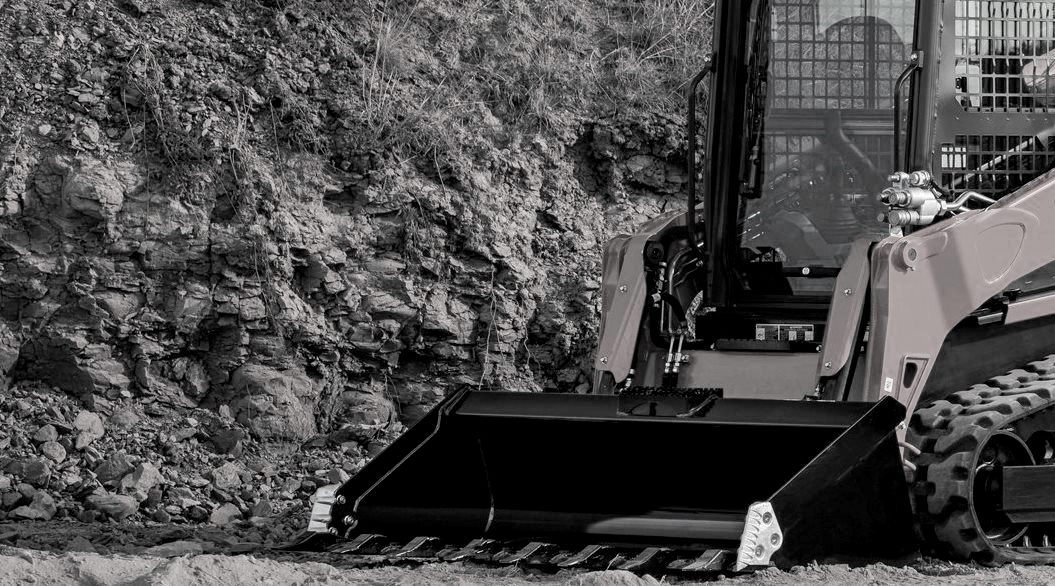
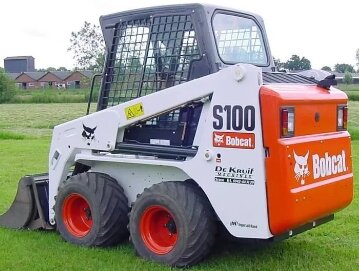 S100
S100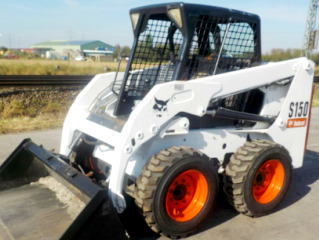 S150
S150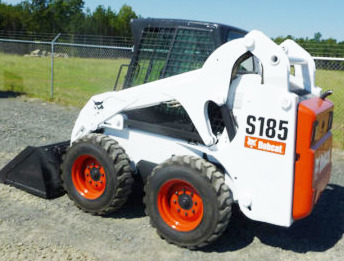 S185
S185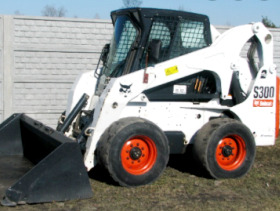 S300
S300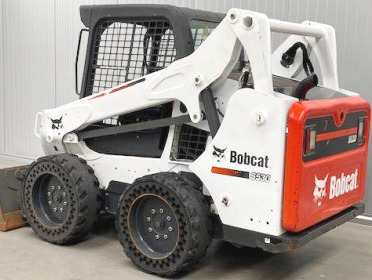 S530
S530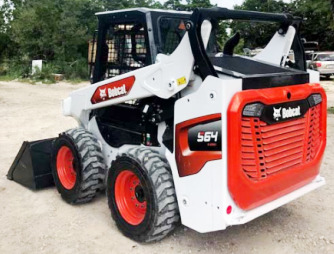 S64
S64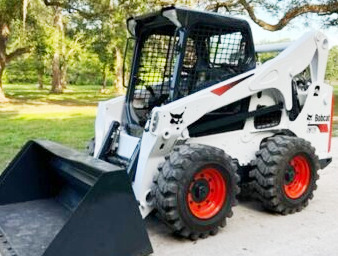 S740
S740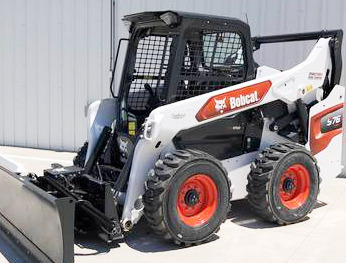 S76
S76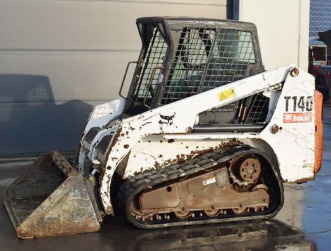 T140
T140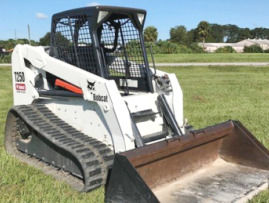 T250
T250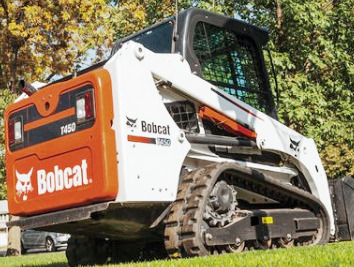 T450
T450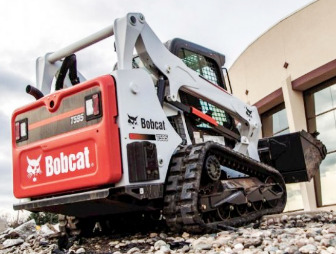 T595
T595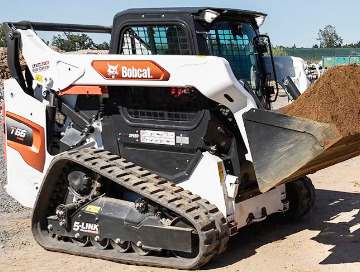 T66
T66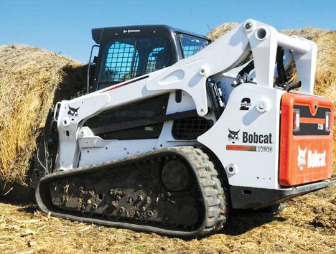 T750
T750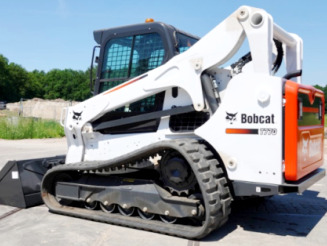 T770
T770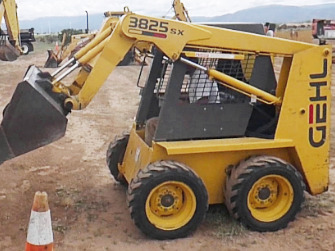 3825SX
3825SX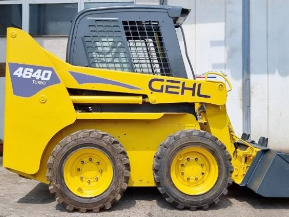 4640
4640 5625DX
5625DX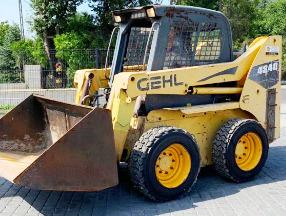 4840E
4840E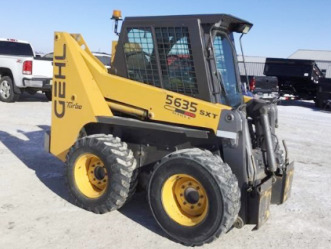 5635SXT
5635SXT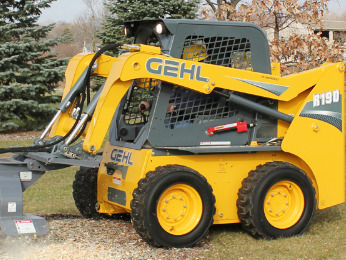 R190
R190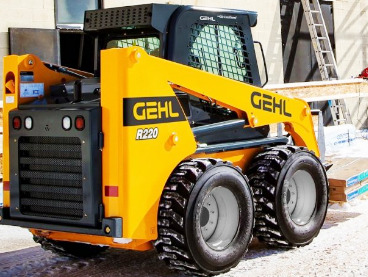 R220
R220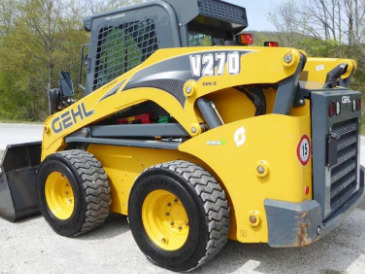 V270
V270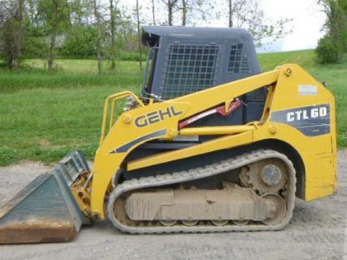 CTL60
CTL60 CTL75
CTL75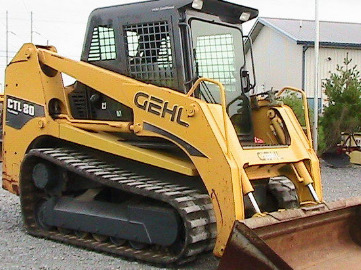 CTL80
CTL80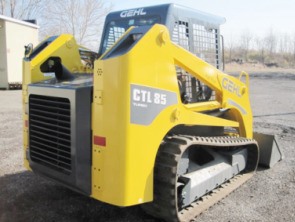 CTL85
CTL85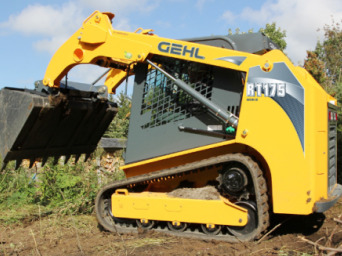 RT175
RT175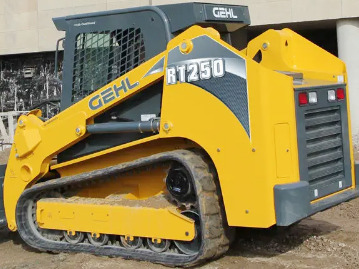 RT251
RT251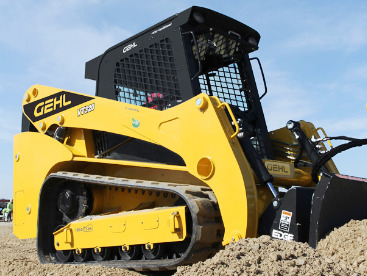 VT320
VT320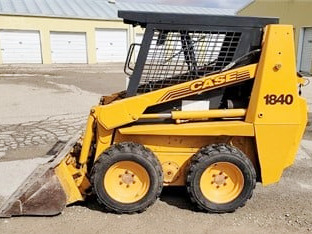 1840
1840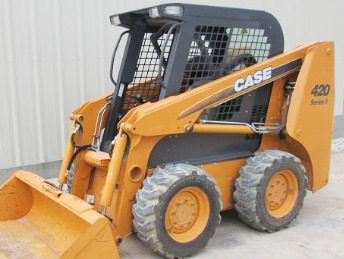 420
420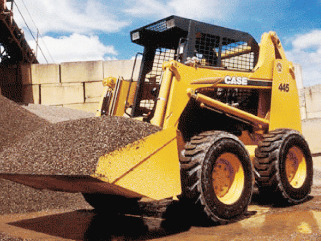 445
445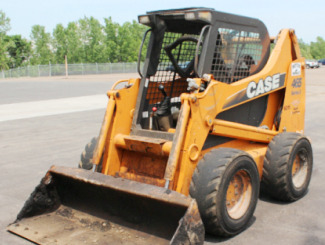 465
465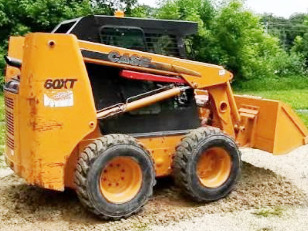 60XT
60XT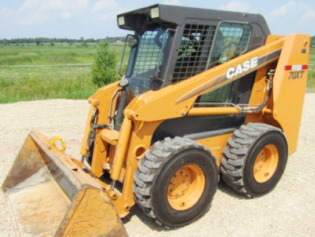 70XT
70XT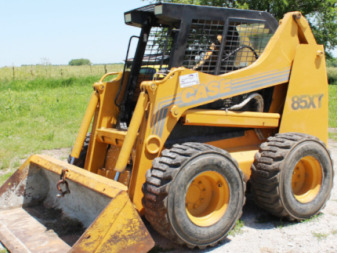 85XT
85XT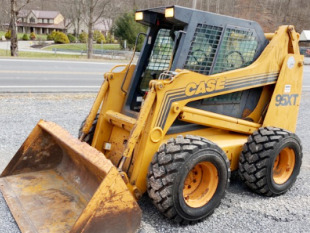 95XT
95XT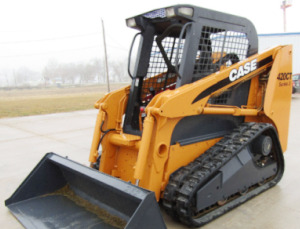 420CT
420CT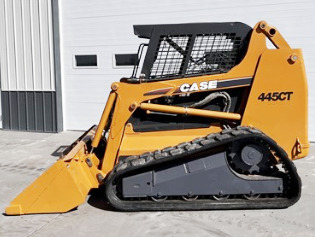 445CT
445CT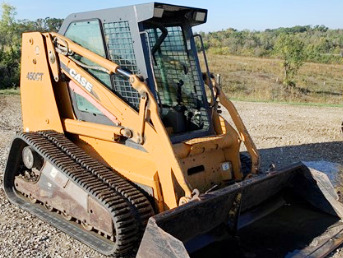 450CT
450CT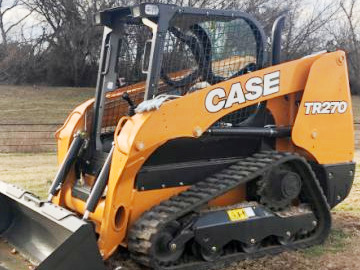 TR270
TR270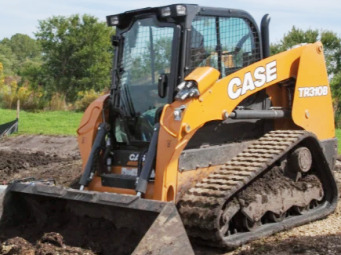 TR310B
TR310B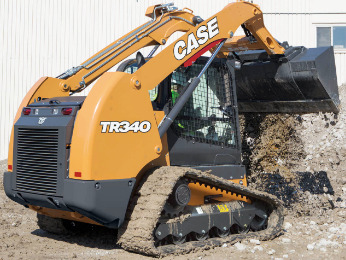 TR340
TR340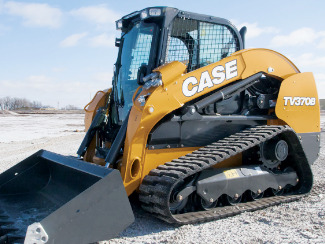 TV370B
TV370B